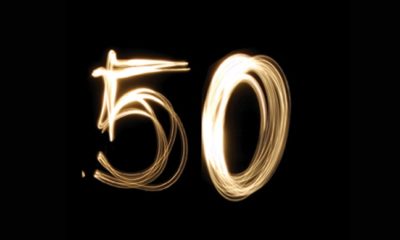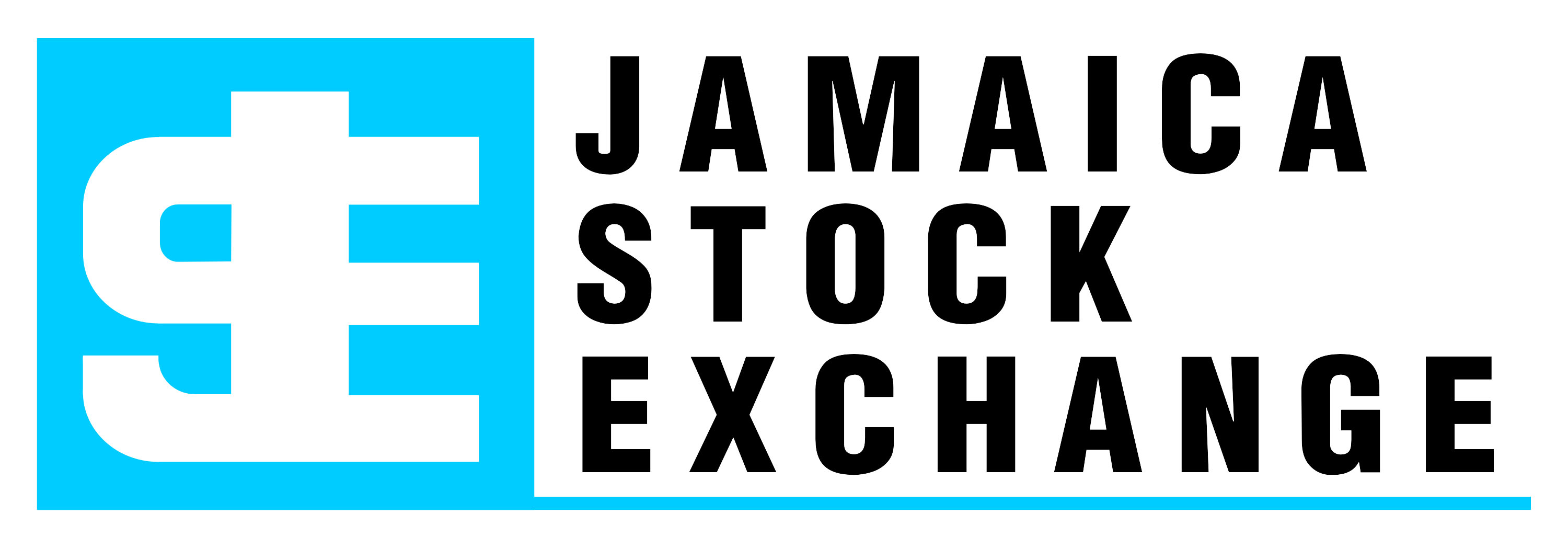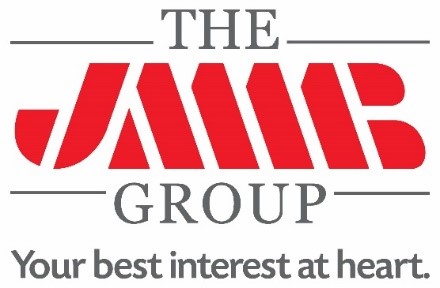In The Global Beer Market Growth Is Driven By Exports To Emerging Markets.
In the past decade, the global beer market has gone through a process of rapid change. In many emerging and developing markets, economic and societal developments and transformative improvements in the quality and appeal of beer brands have resulted in strong organic growth in the beer category. Developed markets have also undergone change as brewers have responded to constrained or declining beer consumption trends.
Industry consolidation has also continued apace, and today the four largest brewers – Anheuser-Busch InBev, SABMiller, Heineken and Carlsberg – produce almost half of all industry volume and generate up to 70% of industry profits. Beer industry consolidation has continued during the last 12 months, with smaller transactions in Asia, Africa and Latin America.
Brand Heineken is the second-largest import in the U.S., trailing Corona, but it has struggled to grow in recent years. Shipments fell 2.9% in 2011, according to Beer Marketer’s Insights, which tracks bar and store shipments. But sales are on the upswing, growing 3% at stores in the 52 weeks that ended Feb. 19, to $585 million, according to SymphonyIRI, which excludes Wal-Mart and liquor stores.

Here in Jamaica Red Stripe “the worlds coolest beer” is looking to profitable export growth by reviewing US export model and strengthening export partnerships across different major beer players in the UK, Germany and Brazil while seeking other major opportunities to enhance brand penetration.
Last year was another challenging for Red Stripe the national brewer as the domestic alcohol drinks market remained in contraction due to the difficult economic environment. Turnover was $13,272 million representing a $60 million (0.5%) decline versus the prior year. The Net Sales Value (NSV) of $11,156 million was flat versus last year; however the company experienced a 3% growth in export sales as they continued penetration in overseas markets. Despite the decrease in domestic Total Beverage Alcohol consumption they managed to hold to NSV position.
So D’Cambre’s export strategy may not be a bad idea after all. He is reported to have said that, “My total focus is on the export market, not so much on the local scene,” he explained. “We already have orders, particularly from Canada. I have stopped importing beer products and instead will be making all beers locally. I will be brewing four beers, including a stout. The beers that I will be brewing will not be the usual beer your grandmother drank. I do believe that the beers that are currently locally brewed are for grandmothers. We need a beer that will reflect the taste of the modern consumer. My brief to the master brewer is to produce a beer that is clean- tasting like Crystal with no aftertaste.”
Cubana Distributors Trading Limited is the company set up by D’Cambre to execute this new business venture. It is not known if AB InBev is a shareholder in this new venture or the exact nature of the partnership. With plans to list on the Jamaica Junior Stock Exchange in about 18 months, D’Cambre has acquired the assets of Big City Brewery which once produced Real Rock beer, but is now in receivership to ensure local production capacity.
To further ensure the success of the strategy D’Cambre has formed a strategic alliance with the largest brewer in the world, AB InBev, which has Budweiser, Stella Artois, Labatts, Becks, and Corona in its portfolio of beers.
 AB InBev performed well in 2011 with global volumes up by 3.1 per cent. Stella Artois’ volumes increased by 5.9 per cent, led by a 24 per cent surge in sales in the United States, 13 per cent in Argentina and a massive 200 per cent in Brazil. Overall, the company’s three global brands — Budweiser, Stella Artois and Beck’s — grew by 3.3 per cent. InBev recently signed a new sponsorship deal with the NFL and Budweiser has extended its sponsorship of the football World Cup Finals through to 2018 in Russia and the 2022 event in Qatar.
AB InBev performed well in 2011 with global volumes up by 3.1 per cent. Stella Artois’ volumes increased by 5.9 per cent, led by a 24 per cent surge in sales in the United States, 13 per cent in Argentina and a massive 200 per cent in Brazil. Overall, the company’s three global brands — Budweiser, Stella Artois and Beck’s — grew by 3.3 per cent. InBev recently signed a new sponsorship deal with the NFL and Budweiser has extended its sponsorship of the football World Cup Finals through to 2018 in Russia and the 2022 event in Qatar.
Globally alcohol consumption trends suggest that beer consumption continues to rise in Africa, Latin America and Asia, driven by growth in population and incomes and improvements in beer quality and appearance.
For D’Cambre to be successfully in emerging markets he must tap into the trend of consumers shifting from informal and unregulated forms of alcohol to aspirational, attractively-branded and safer commercial beers, as the beer category is growing at the expense of subsistence alcohol.
Commercially produced beer has also been claiming a greater share of the regulated commercial alcohol market in emerging countries. On a pure alcohol basis, its share rose from 34% in 2000 to 40% in 2010.
In the Beer category trends are that despite economic pressures, total global beer consumption recovered slightly in 2010, growing at over 2% after a downturn in 2009, caused by the global economic recession.
Over the past five years, the global beer category has maintained an average compound annual growth rate (CAGR) of 3.3%. In 2010, emerging markets grew at an average CAGR of 5.7% – the main growth coming from China, Africa and South America – while developed markets declined by 1.7%.
Within the emerging markets, China recorded volume growth of 6% and, despite inflationary pressures, an increase in volumes of premium lager. Africa saw healthy growth of 8% with increased volume in both the premium and more affordable price segments, driven by Angola, Nigeria, Tanzania, Ghana, Uganda and the DR Congo. Latin American beer volumes grew by 3% in 2010, with reductions due to a material tax increase in Colombia, more than offset by rapid growth in countries such as Peru. In Eastern Europe, beer volumes declined by almost 5% in the face of continuing unemployment and depressed consumer confidence affecting beer sales in bars and restaurants.
In Jamaica as in the rest of the world beer consumption in developed markets continues to suffer from high unemployment, high fuel prices and constrained consumer spending. In the USA, where unemployment is particularly severe among key beer drinkers, beer volumes have fallen slightly although accompanied by consumer uptrading between industry price segments. Beer volumes continue to decrease in Western Europe as consumers switch to other beverages and reduce on-premise consumption.
The industry outlook is that global beer market volume growth is forecast to be 2.5%, led by continuing strong performances in Asia, Africa and Latin America. China and Africa are expected to grow by almost 5% and Latin America by almost 3%.
Looking ahead to 2015, it is likely that growth will continue to be led by emerging markets. The 25 fastest-growing markets are forecast to deliver over 5% CAGR in beer volumes. China is expected to account for almost 40% of this growth with Vietnam, Brazil, Ukraine, Nigeria, India and Peru contributing significantly. BM
Some data sourced from Canadean unless otherwise stated also JPMorgan Cazenove report European Beverages, 21 July 2010 and other internet sources.

 Businessuite News24 International2 years ago
Businessuite News24 International2 years ago
 Feedback & What You Think2 years ago
Feedback & What You Think2 years ago
 Marketing & Advertising2 years ago
Marketing & Advertising2 years ago
 Businessuite Women1 year ago
Businessuite Women1 year ago
 Businessuite 50 Power and Influence1 year ago
Businessuite 50 Power and Influence1 year ago
 Leadership Conversations1 year ago
Leadership Conversations1 year ago
 Businessuite Markets2 years ago
Businessuite Markets2 years ago
 RANKING7 months ago
RANKING7 months ago









